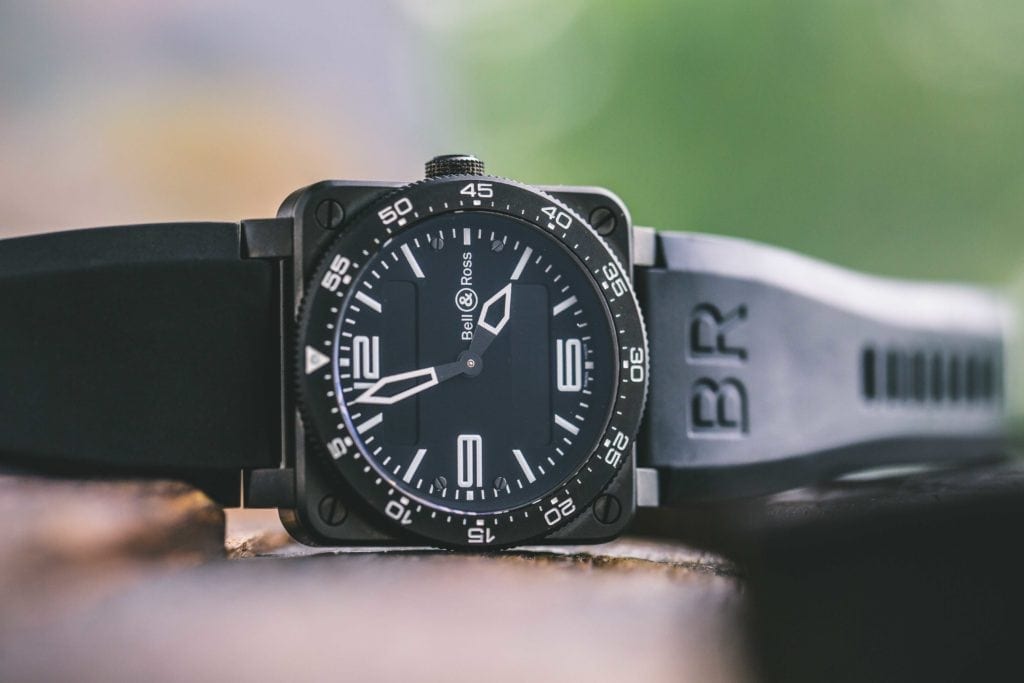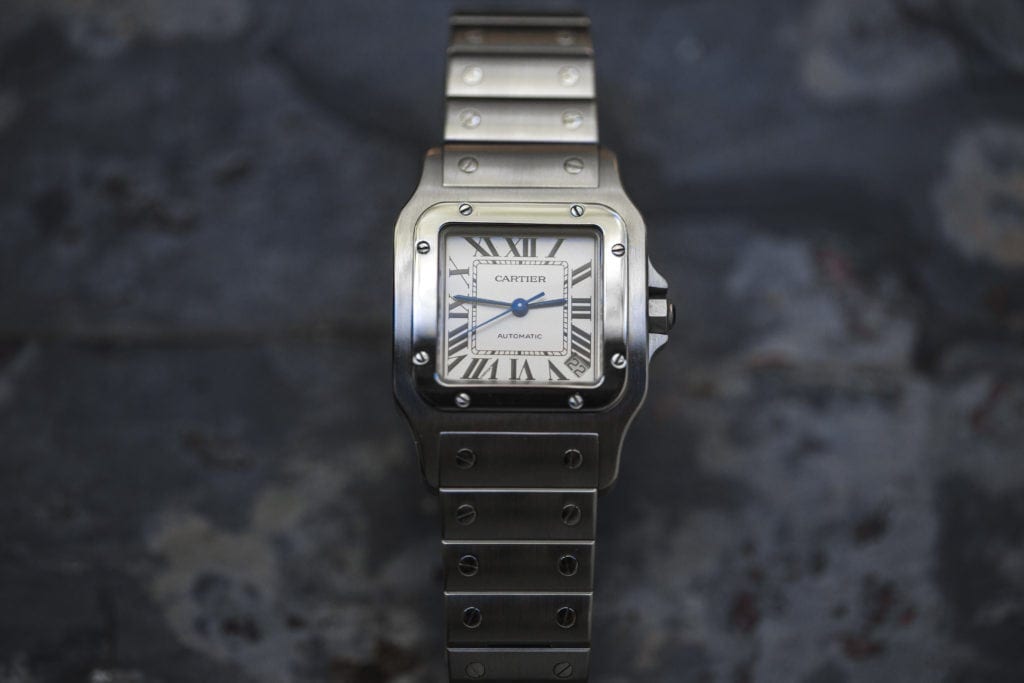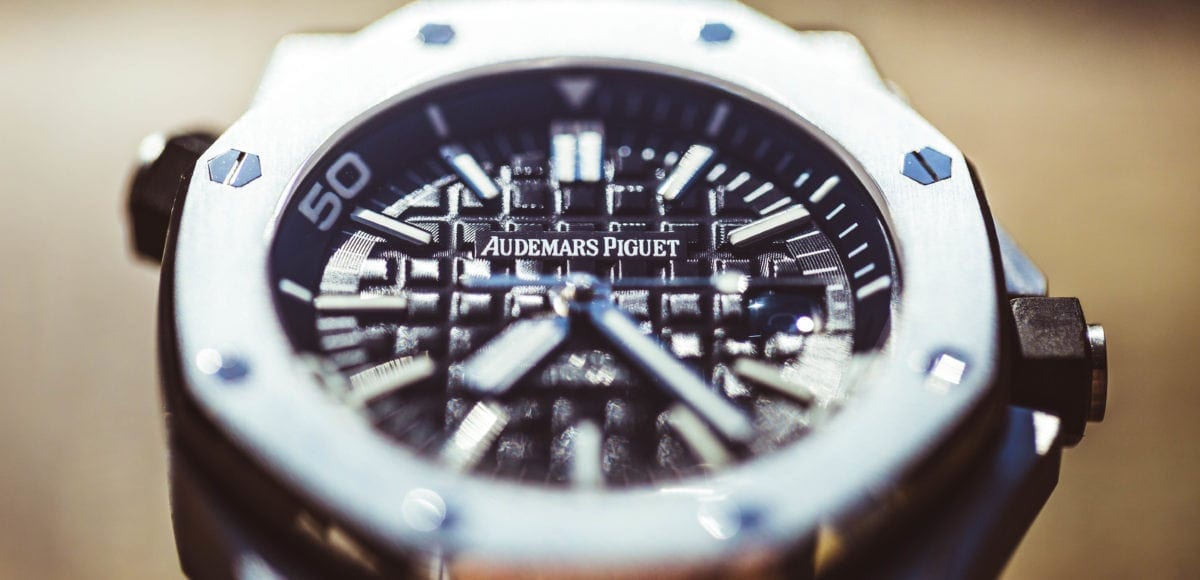Exposed Screw Alignment
Some watch brands have become known for their innovative designs with exposed screws. Think of the unique Audemars Piguet Royal Oak or the iconic Cartier Santos. If you’ve looked closely at these models, you may have noticed an unsettling detail: the screw alignment on these distinctive watches doesn’t always match up.
If you hadn’t noticed it, you’ll never be able to un-notice it now. This reality is disconcerting, even for the mildly obsessive compulsive. Why, in such a painfully meticulous and precise art form, has there been no attention to aligning the exposed screws? I think we could all grant a pass for the misalignment of the internal screws in the movement. But, misaligned, exposed screws begs us to wonder what kind of mind game watchmakers are trying to play with us!
The Reality of Misaligned Screws

Dramatics aside, there’s actually a pretty simple, straightforward, and practical explanation for the case of the misaligned screws. But just a warning: you might not like it. It’s not a particularly satisfying reason. The short answer is, misaligned screws aren’t going anywhere anytime soon, if ever. Here’s why:
First, you need to understand that what you see as “exposed screws” on the bezel of a Royal Oak or a Santos are not actually screws at all. They’re threaded bolts that fit neatly into carefully designed holes in the bezel, and they’re secured with screw-on nuts that hold them down from the caseback. Unsurprisingly, there’s no alignment of these slots.
Function over Form
So, again we ask: why, oh why, is this screw system not aligned? Essentially, it’s an engineering nightmare. To align the screws, watchmakers would first have to align the start of each thread in the dial plate with the same orientation. Next, they would have to make sure the start of the thread on each screw aligned with its slot on the screw head. Finally, the length of the screw thread would have to be absolutely exact for each slot.

In part, creating aligned screws would make an already fastidious process even more strenuous. However, it would also create more risk. Watchmakers are constantly at war with form and function, and this is a place where function wins by a landslide. If screw alignment was prioritized over function, a screw could come loose from improper securing or a thread could get stripped from over-tightening, all in the name of aesthetics.
A Matter of Mechanics
For those of you who are still unsatisfied with this resolution, we have to be totally transparent. It is in fact possible to orient the start of each thread in the same way, align the start of the thread with its slot on the screw head, and control the depth of the screw thread to create perfectly aligned slots. Although not in watchmaking, other industries have completed this feat. However, the other tradeoff to consider is the cost of these additional, labor-intensive steps. Perhaps one day a Bell & Ross or Santos will skyrocket in price due to the pleasant alignment of the screws. Until then, we’ll have to accept that those frustratingly misaligned screws are simply a matter of mechanics.
Get More Articles Like This in Your Inbox
We're constantly creating great content like this. So, why not get it delivered directly to your inbox? By subscribing you agree to our Privacy Policy but you can unsubscribe at any time.







Vinny | March 3, 2019
|
This is called timing screws and is extremely common in Gunsmithing. It’s done aftermarket by mixing and matching to get them as close as possible, then removing metal from the underside of the head with a needle file and/or controlling the depth of the countersink to get them lined up, it’s a great DIY project and makes guns look handsome.
For production, screws are fabricated with a head that protrudes above the countersink with a shallow slot; after installation it is marked off, ground flush, and re-slotted. Yes it’s extra work, but with the care some brands take toward hand-polishing super-tiny movement parts, it surprises me that timing screws isn’t a common practice in watchmaking.
The downside to both of these methods is that each screw is then married to the hole that it’s in. I wouldn’t wanna be the guy that has to service a decorated skeleton movement with timed screws…